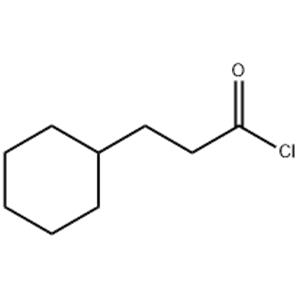
3-Cyclohexylpropionyl chloride NEW
| Price | $8 | $3 | $1 |
| Package | 1KG | 25KG | 100KG |
| Min. Order: | 1KG |
| Supply Ability: | g-kg-tons, free sample is available |
| Update Time: | 2024-03-29 |
Product Details
| Product Name: 3-Cyclohexylpropionyl chloride | CAS No.: 39098-75-4 |
| Min. Order: 1KG | Purity: 99% |
| Supply Ability: g-kg-tons, free sample is available | Release date: 2024/03/29 |
| Lead time: In stock, ready for shipment | IIn stock, r: bag/bottle/drum/IBC |
| bag/bottle: By express, by air, by sea | Origin: Manufacturer, advantage product |
| COA, MS: Available, contact us for details | NAME: Sun |
1. Materials information
| Name | 3-Cyclohexylpropionyl chloride |
|---|---|
| Synonym | More Synonyms |
| Density | 1.0345 |
|---|---|
| Boiling Point | 124-126 °C (35 mmHg) |
| Molecular Formula | C9H15ClO |
| Molecular Weight | 174.66800 |
| Exact Mass | 174.08100 |
| PSA | 17.07000 |
| LogP | 3.11230 |
| Index of Refraction | 1.469-1.472 |
Name:3-Cyclohexylpropionyl Chloride 96% Material Safety Data SheetSynonym:None KnownCAS:39098-75-4Section 1 - Chemical Product MSDS Name:3-Cyclohexylpropionyl Chloride 96% Material Safety Data Sheet Synonym:None Known Section 2 - COMPOSITION, INFORMATION ON INGREDIENTS CAS#Chemical NamecontentEINECS#39098-75-43-Cyclohexylpropionyl Chloride96%254-289-5Hazard Symbols: C Risk Phrases: 34 Section 3 - HAZARDS IDENTIFICATION EMERGENCY OVERVIEW Causes burns.Corrosive. Potential Health Effects Eye: Causes eye burns. May cause chemical conjunctivitis and corneal damage. Skin: Causes skin burns. May cause skin rash (in milder cases), and cold and clammy skin with cyanosis or pale color. Ingestion: May cause severe and permanent damage to the digestive tract. Causes gastrointestinal tract burns. May cause perforation of the digestive tract. May cause systemic effects. Inhalation: Causes chemical burns to the respiratory tract. Aspiration may lead to pulmonary edema. May cause systemic effects. Chronic: Effects may be delayed. Section 4 - FIRST AID MEASURES Eyes: Get medical aid immediately. Do NOT allow victim to rub eyes or keep eyes closed. Extensive irrigation with water is required (at least 30 minutes). Skin: Get medical aid immediately. Immediately flush skin with plenty of water for at least 15 minutes while removing contaminated clothing and shoes. Wash clothing before reuse. Destroy contaminated shoes. Ingestion: Never give anything by mouth to an unconscious person. Get medical aid immediately. Do NOT induce vomiting. If conscious and alert, rinse mouth and drink 2-4 cupfuls of milk or water. Inhalation: Get medical aid immediately. Remove from exposure and move to fresh air immediately. If breathing is difficult, give oxygen. Do NOT use mouth-to-mouth resuscitation. If breathing has ceased apply artificial respiration using oxygen and a suitable mechanical device such as a bag and a mask. Notes to Physician: Treat symptomatically and supportively. Section 5 - FIRE FIGHTING MEASURES General Information: As in any fire, wear a self-contained breathing apparatus in pressure-demand, MSHA/NIOSH (approved or equivalent), and full protective gear. During a fire, irritating and highly toxic gases may be generated by thermal decomposition or combustion. Vapors may be heavier than air. They can spread along the ground and collect in low or confined areas. Runoff from fire control or dilution water may cause pollution. Extinguishing Media: Use water spray, dry chemical, carbon dioxide, or chemical foam. Section 6 - ACCIDENTAL RELEASE MEASURES General Information: Use proper personal protective equipment as indicated in Section 8. Spills/Leaks: Absorb spill with inert material (e.g. vermiculite, sand or earth), then place in suitable container. Avoid runoff into storm sewers and ditches which lead to waterways. Clean up spills immediately, observing precautions in the Protective Equipment section. Provide ventilation. Section 7 - HANDLING and STORAGE Handling: Do not breathe dust, vapor, mist, or gas. Do not get in eyes, on skin, or on clothing. Keep container tightly closed. Do not ingest or inhale. Use only in a chemical fume hood. Discard contaminated shoes. Storage: Store in a cool, dry place. Store in a tightly closed container. Corrosives area. Section 8 - EXPOSURE CONTROLS, PERSONAL PROTECTION Engineering Controls: Facilities storing or utilizing this material should be equipped with an eyewash facility and a safety shower. Use adequate ventilation to keep airborne concentrations low. Exposure Limits CAS# 39098-75-4: Personal Protective Equipment Eyes: Wear appropriate protective eyeglasses or chemical safety goggles as described by OSHA's eye and face protection regulations in 29 CFR 1910.133 or European Standard EN166. Skin: Wear appropriate protective gloves to prevent skin exposure. Clothing: Wear appropriate protective clothing to prevent skin exposure. Respirators: Follow the OSHA respirator regulations found in 29 CFR 1910.134 or European Standard EN 149. Use a NIOSH/MSHA or European Standard EN 149 approved respirator if exposure limits are exceeded or if irritation or other symptoms are experienced. Section 9 - PHYSICAL AND CHEMICAL PROPERTIES Physical State: Clear liquid Color: slightly yellow Odor: Not available. pH: Not available. Vapor Pressure: Not available. Viscosity: Not available. Boiling Point: 124 - 126 deg C @ 35 mmHg Freezing/Melting Point: Not available. Autoignition Temperature: Not available. Flash Point: Not available. Explosion Limits, lower: Not available. Explosion Limits, upper: Not available. Decomposition Temperature: Solubility in water: Specific Gravity/Density: 1.0345 Molecular Formula: C9H15ClO Molecular Weight: 174.67 Section 10 - STABILITY AND REACTIVITY Chemical Stability: Stable at room temperature in closed containers under normal storage and handling conditions. Conditions to Avoid: Incompatible materials, excess heat. Incompatibilities with Other Materials: Oxidizing agents. Hazardous Decomposition Products: Hydrogen chloride, carbon monoxide, carbon dioxide. Hazardous Polymerization: Has not been reported Section 11 - TOXICOLOGICAL INFORMATION RTECS#: CAS# 39098-75-4 unlisted. LD50/LC50: Not available. Carcinogenicity: 3-Cyclohexylpropionyl Chloride - Not listed by ACGIH, IARC, or NTP. Section 12 - ECOLOGICAL INFORMATION Ecotoxicity: Fish: Pseudomonas putida: Section 13 - DISPOSAL CONSIDERATIONS Dispose of in a manner consistent with federal, state, and local regulations. Section 14 - TRANSPORT INFORMATION IATA Shipping Name: Corrosive liquid, n.o.s.* Hazard Class: 8 UN Number: 1760 Packing Group: II IMO Shipping Name: Corrosive liquid, n.o.s. Hazard Class: 8 UN Number: 1760 Packing Group: II RID/ADR Shipping Name: Not regulated. Hazard Class: UN Number: Packing group: Section 15 - REGULATORY INFORMATION European/International Regulations European Labeling in Accordance with EC Directives Hazard Symbols: C Risk Phrases: R 34 Causes burns. Safety Phrases: S 26 In case of contact with eyes, rinse immediately with plenty of water and seek medical advice. S 36/37/39 Wear suitable protective clothing, gloves and eye/face protection. S 45 In case of accident or if you feel unwell, seek medical advice immediately (show the label where possible). WGK (Water Danger/Protection) CAS# 39098-75-4: 2 Canada None of the chemicals in this product are listed on the DSL/NDSL list. CAS# 39098-75-4 is not listed on Canada's Ingredient Disclosure List. US FEDERAL TSCA CAS# 39098-75-4 is not listed on the TSCA inventory. It is for research and development use only. SECTION 16 - ADDITIONAL INFORMATION N/A |
| Hazard Codes | C |
|---|---|
| Risk Phrases | 34 |
| Safety Phrases | 45-36/37/39-26 |
| HS Code | 2916209090 |
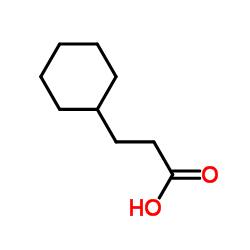 Cyclohexaneprop... CAS#:701-97-3 ~98% 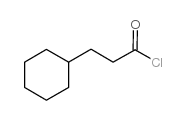 3-Cyclohexyl pr... CAS#:39098-75-4 |
| Literature: Drag, Marcin; Grembecka, Jolanta; Pawelczak, Malgorzata; Kafarski, Pawel European Journal of Medicinal Chemistry, 2005 , vol. 40, # 8 p. 764 - 771 |
 3-CYCLOHEXYL-1-... CAS#:1124-63-6 ~%  3-Cyclohexyl pr... CAS#:39098-75-4 |
| Literature: Porter, Ned A.; Rosenstein, Ian J.; Breyer, Robert A.; Bruhnke, John D.; Wu, Wen-Xue; McPhail, Andrew T. Journal of the American Chemical Society, 1992 , vol. 114, # 20 p. 7664 - 7676 |
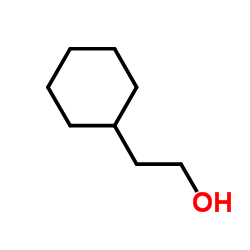 2-Cyclohexylethanol CAS#:4442-79-9 ~%  3-Cyclohexyl pr... CAS#:39098-75-4 |
| Literature: Francois,H. et al. Bulletin de la Societe Chimique de France, 1970 , # 2 p. 617 - 624 |
| Precursor 6 | Previous 1/2 Next |
|---|---|
| |
| DownStream 8 | Previous 1/2 Next |
| |
| HS Code | 2916209090 |
|---|---|
| Summary | 2916209090 other cyclanic, cyclenic or cyclotherpenic monocarboxylic acids, their anhydrides, halides, peroxides, peroxyacids and their derivatives VAT:17.0% Tax rebate rate:9.0% Supervision conditions:AB(certificate of inspection for goods inward,certificate of inspection for goods outward) MFN tariff:6.5% General tariff:30.0% |
| EINECS 254-289-5 |
| 3-cyclohexylpropanoyl chloride |
| 3-Cyclohexyl propionylchloride |
2. Packaging of materials
For powders: normal is 25kgs/Drum or bag, or larger/smaller package as request.
For liquids: normal 25kgs/drum, 180-300kgs/bucket, or IBC, determined by the nature of the product.
Or smaller package 1kg/bottle, 10kgs/bottle as request.

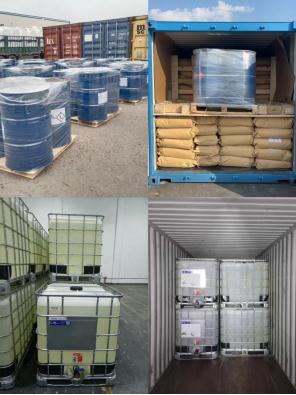
3. Shipping & Delivery
By Express
Provide door to door service
Suitable for goods under 50kg
Delivery: 3-7 days
Cost: low cost

By Air
Provide airport to airport service
Suitable for goods over 50kg
Delivery: 3-14 days
Cost: high cost

By Sea
Provide seaport to seaport service
Suitable for goods over 100kg
Delivery: 2-45 days
Cost: low cost

4. Contact information
For more details, pls contact us freely.
Email address: Sun@fdachem.com
Mob: 86 13526505137
WhatsApp/Skype/Wechat/LINE: 86 13526505137
Company Profile Introduction
You may like
Recommended supplier
| Product name | Price | Suppliers | Update time | |
|---|---|---|---|---|
| $85.00/1kg |
VIP1Y
|
Hebei Zhuanglai Chemical Trading Co.,Ltd
|
2024-05-23 | |
| $99.00/1kg |
VIP1Y
|
Hebei Zhuanglai Chemical Trading Co Ltd
|
2024-11-14 | |
| $0.00/1Kg |
VIP1Y
|
airuikechemical co., ltd.
|
2024-04-08 | |
| $0.00/1KG |
VIP3Y
|
Henan Aochuang Chemical Co.,Ltd.
|
2022-09-20 |
- Since: 2023-02-10
- Address: Room 01, 2288 E05, Building 14, East Henan University, Science and Technology Park, 279 Xisanhuan Ro




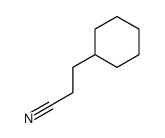 CAS#:41010-09-7
CAS#:41010-09-7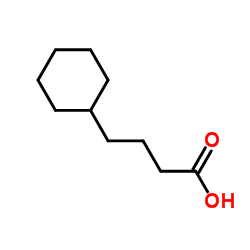 CAS#:4441-63-8
CAS#:4441-63-8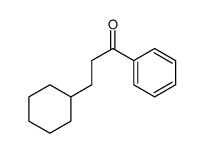 CAS#:28861-24-7
CAS#:28861-24-7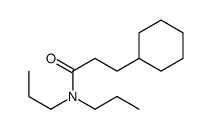 CAS#:72299-19-5
CAS#:72299-19-5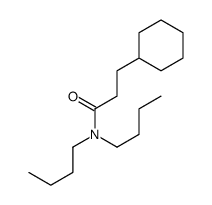 CAS#:72299-20-8
CAS#:72299-20-8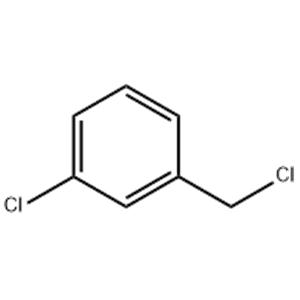
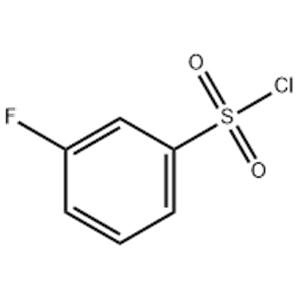
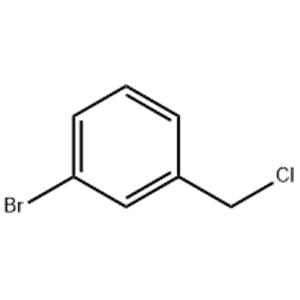

 China
China